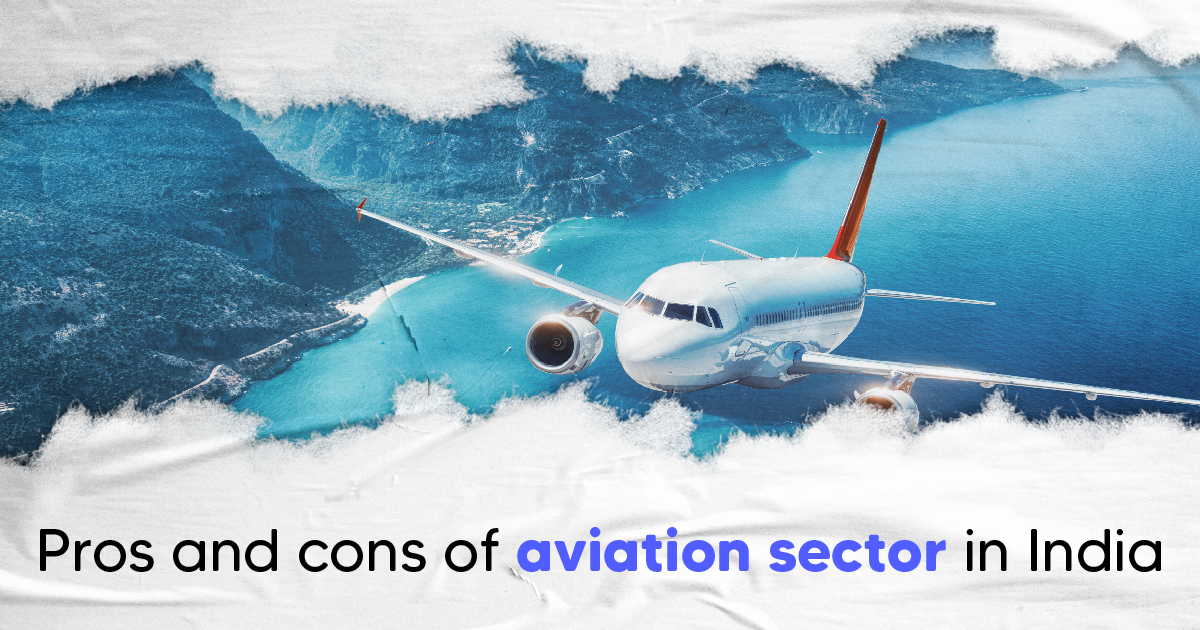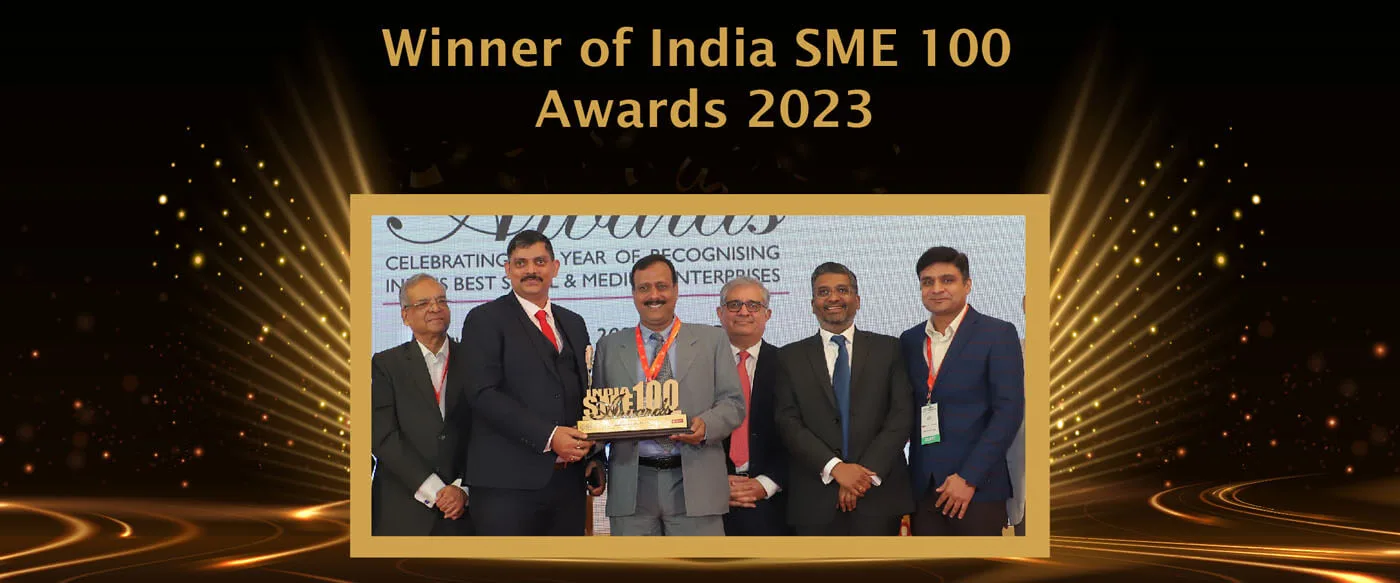Pros and cons of the Aviation sector in India
India’s aviation enterprise has grown and changed dramatically in the previous couple of years. As the aviation sector emerges, it offers a wide variety of blessings in addition to obstacles. That is mainly in regards to supplying distinct purchasers with fantastic security.
Pros of India’s Aviation Sector:
The various benefits of India’s Aviation sector are discussed below:
Economic Growth: Through the creation of jobs, facilitating trade, and tourism, the aviation sector in India contributes drastically to GDP. It drives economic growth. Enhanced air transport connectivity promotes regional growth, and infrastructure investments promote jobs and support associated sectors. Beyond just generating profits, Do Dham yatra by helicopter affects the retail, hospitality, and technological industries. It additionally draws overseas investment and encourages monetary diversity.
Enhanced Connectivity: Do Dham yatra by helicopter in India is redefining accessibility and crossing geographical limitations to redefine connectivity. It increases exchange, tourism, and move-cultural alternatives with the help of connecting rural areas with cities. Improved worldwide transportation networks promote financial integration. Enhanced connectivity attracts investments and boosts neighborhood economies, accelerating local development.
Technological Advancements: Private jet charter services in India are driven by technological breakthroughs that improve passenger enjoyment, efficiency, and protection. The integration of navigation systems, biometric protection, and AI-driven analytics maximizes operational efficiency. Fuel-efficient engines and predictive maintenance are the facilities that lower charges. Modern aviation systems offer higher air traffic control, which increases safety.
Infrastructure Development: India’s aviation sector is experiencing rapid infrastructural development, characterized by larger terminals, modernized airports, and improved facilities. These improvements increase traveler experiences and operational effectiveness. Air traffic control, runways, and maintenance facilities are investments that increase convenience and safety. Additionally, new airports and strategic expansions in undeveloped regions enhance economic growth by generating jobs and supporting local development.
Employment Opportunities: India’s aviation industry offers several career opportunities for all skill levels, from ground crew and managerial positions to engineers and pilots. Due to the industry’s explosive growth, much employment is created, supporting livelihoods both indirectly and directly. Positions in aviation, airport maintenance, operations, and administration provide opportunities for professional advancement and skill upgrading. It also boosts supporting sectors such as logistics, retail, and hotel, which helps to create a strong labor market.
Security for Elite Clients in Aviation Services:
A higher degree of security and individualized attention are required for aviation’s elite market. To tackle that, aviation service providers emphasize:
Enhanced Screening:
For high-end airline service customers, improved screening is essential to security. Sophisticated screening procedures and technologies guarantee comprehensive security checks without sacrificing customer privacy or comfort. Biometric scans speed up the screening process and improve reliability and privacy by providing rapid, secure verification.
Dedicated Services:
To satisfy the discriminating requirements of premium consumers, private terminals, lounges, and customized services are provided. These facilities ensure a smooth and safe travel experience. Security for Elite Clients in Aviation Services respects the privacy of high-end audiences. They are made to be quiet without sacrificing the comprehensiveness of screenings, creating an atmosphere of relaxation and distinction.
Trained Personnel:
Experts in monitoring security procedures while putting the comfort of their clients are trained personnel in aviation security for esteemed clients. Their specific knowledge guarantees a smooth, private, and risk-free travel experience. They skillfully attend to the distinctive requirements of affluent visitors.
Technological Innovations:
Modern technologies are integrated to strengthen security measures without sacrificing accessibility, such as secure communication networks and biometric authentication.
Risk Assessment and Management:
Mitigating viable dangers throughout the tour is done via the Security for Elite Clients in Aviation Services. It also ensures the top customer’s safety.
Cons of India’s Aviation Sector:
The various disadvantages of India’s Aviation Sector are discussed below:
Infrastructure Challenges: Private jet charter services in India face several infrastructure-related issues. Congested airspace and airports cause operational failures and regular delays. Airports frequently have capacity issues despite their best efforts to expand, which makes traveler experiences less smooth. Inadequate infrastructure increases airline operating expenses and compromises passenger comfort.
Regulatory Hurdles: The sector’s expansion is occasionally limited by bureaucratic red tape and regulatory complexity. It’s still difficult to strike a balance between operational flexibility and safety rules. Private jet charter services in India face considerable obstacles due to complex regulations. Growth suffers and operational bottlenecks result. The adaptability and competition of airlines are impacted by barriers caused by inconsistent policies. Route allocation, session restrictions, and licensing approval procedures are among the tedious procedures that constrain the industry’s flexible growth.
Environmental Impact: India’s aviation industry faces environmental challenges because of its ecological impact and carbon emissions. The expanding footprint of the sector adds to climate change and creates environmental issues. Degradation of the environment is made worse by excessive fuel use and emitting greenhouse gases. A major problem is finding a balance between environmental care and economic prosperity.
Cost Pressures: The profitability of airlines is greatly impacted by shifting fuel costs. These can result in changes in fares and unstable economics. Airline budgets are made worse by high taxes on aircraft fuel and operating expenses. The competitive environment forces carriers to make a compromise between reducing expenses and service quality. These obstacles make it difficult to invest in new infrastructure and revolutionary technologies.
Security Concerns: India’s aviation enterprise faces widespread demanding situations due to security worries. More restrictive safety features are required in response to evolving threats, which often hinder operational effectiveness. It is an ongoing task to have a balance between strict protection procedures and seamless passenger interactions. Passenger safety needs ongoing exchange and investment in current safety procedures.
Conclusion:
Private jet charter services have achieved impressive progress. There are still obstacles that need to be addressed with coordinated efforts. Elite client security is still a crucial issue that requires constant innovation and attention to detail. By tackling these obstacles and leveraging the industry’s advantages, India can maintain its current path of aviation expansion.
If you also want to avail this facility, contact Megamax Aviation. You can also ask them about any further relevant queries. They provide you with the necessary assistance anytime as their online support facility is available 24*7.



